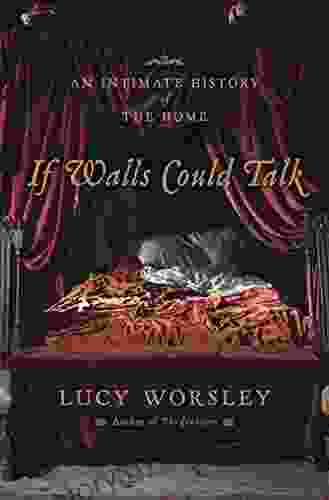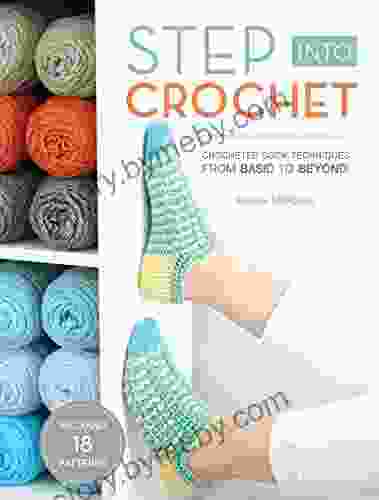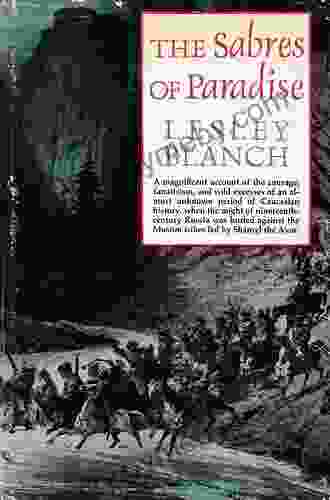An Intimate History of the Home: A Journey Through Time and Space

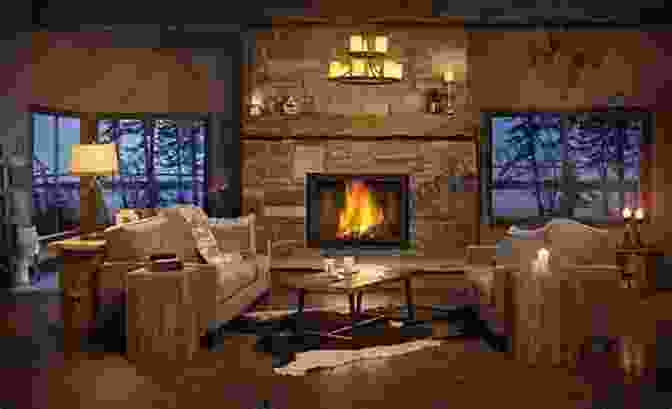
From Caves to Castles: The Early Evolution of the Home
The history of the home is as old as the history of humanity itself. The earliest humans lived in caves and other natural shelters, but as they began to develop tools and technologies, they began to build more permanent structures. The first houses were simple huts made of wood, mud, and other natural materials. Over time, these huts evolved into more complex structures, and the home became a central part of human life.
4.7 out of 5
| Language | : | English |
| File size | : | 11061 KB |
| Text-to-Speech | : | Enabled |
| Screen Reader | : | Supported |
| Enhanced typesetting | : | Enabled |
| X-Ray | : | Enabled |
| Word Wise | : | Enabled |
| Print length | : | 416 pages |
| Lending | : | Enabled |
In the ancient world, homes were often built around a central courtyard. This courtyard was used for cooking, eating, and socializing. The rooms of the house were arranged around the courtyard, and each room had a specific purpose. The bedrooms were typically located on the upper floor, while the living room and kitchen were on the ground floor.
As civilizations developed, so too did the homes of their people. In the Middle Ages, castles were built by the wealthy and powerful. These castles were often fortified against attack, and they typically included a large hall, a kitchen, and several bedrooms. The homes of the poor, on the other hand, were much more modest. These homes were often made of wood or mud, and they typically consisted of a single room.
The Renaissance and the Baroque Period: A New Era of Home Design
The Renaissance and the Baroque period saw a renewed interest in classical architecture. This interest led to the development of new home designs that were more elaborate and ornate than the homes of the Middle Ages. The homes of the wealthy were often decorated with frescoes, sculptures, and other works of art. The homes of the poor, on the other hand, remained relatively simple.
The Industrial Revolution brought about significant changes to the way people lived. As people moved from rural areas to urban areas, the need for new housing increased. This led to the development of new types of homes, such as the row house and the apartment building. These homes were typically smaller and more affordable than the homes of the past, and they were often built in close proximity to each other.
The 20th Century and Beyond: The Modern Home
The 20th century saw the development of new technologies that had a profound impact on the design of homes. The invention of the electric light bulb, for example, made it possible to illuminate homes at night. This led to the development of new lighting fixtures and new ways of arranging furniture. The invention of the refrigerator and the stove also had a significant impact on the design of kitchens. These appliances made it possible to store food more easily and to cook food more quickly.
The 21st century has seen the continued development of new technologies that are changing the way we live. The internet, for example, has made it possible to work from home, shop from home, and stay connected with friends and family who live far away. This has led to the development of new types of homes that are designed to accommodate these new ways of living.
The history of the home is a long and fascinating one. From the caves of our ancestors to the smart homes of today, our homes have evolved to reflect the changing needs of society. The home is more than just a place to live; it is a reflection of our values, our culture, and our way of life.
An Intimate History of the Home is a beautifully illustrated book that explores the evolution of the home from the earliest times to the present day. This book is a must-read for anyone who is interested in the history of architecture, design, and culture.
Free Download your copy of An Intimate History of the Home today!
4.7 out of 5
| Language | : | English |
| File size | : | 11061 KB |
| Text-to-Speech | : | Enabled |
| Screen Reader | : | Supported |
| Enhanced typesetting | : | Enabled |
| X-Ray | : | Enabled |
| Word Wise | : | Enabled |
| Print length | : | 416 pages |
| Lending | : | Enabled |
Do you want to contribute by writing guest posts on this blog?
Please contact us and send us a resume of previous articles that you have written.
 Book
Book Novel
Novel Page
Page Chapter
Chapter Text
Text Story
Story Genre
Genre Reader
Reader Library
Library Paperback
Paperback E-book
E-book Magazine
Magazine Newspaper
Newspaper Paragraph
Paragraph Sentence
Sentence Bookmark
Bookmark Shelf
Shelf Glossary
Glossary Bibliography
Bibliography Foreword
Foreword Preface
Preface Synopsis
Synopsis Annotation
Annotation Footnote
Footnote Manuscript
Manuscript Scroll
Scroll Codex
Codex Tome
Tome Bestseller
Bestseller Classics
Classics Library card
Library card Narrative
Narrative Biography
Biography Autobiography
Autobiography Memoir
Memoir Reference
Reference Encyclopedia
Encyclopedia Mendocino Press
Mendocino Press Lavinia Collins
Lavinia Collins Kirsten Mayer
Kirsten Mayer Raghu Palat
Raghu Palat Tony Schwartz
Tony Schwartz Olivia Campbell
Olivia Campbell L T Ryan
L T Ryan Liron Yanconsky
Liron Yanconsky Peter Twiss
Peter Twiss Toby Harnden
Toby Harnden Randy Schultz
Randy Schultz Linda White
Linda White Kristine Barnett
Kristine Barnett Olga Kellen
Olga Kellen Kristin Cast
Kristin Cast Michael Novak
Michael Novak Steve Barlow
Steve Barlow Stu Heinecke
Stu Heinecke Lina Bengtsdotter
Lina Bengtsdotter Rich Parsons
Rich Parsons
Light bulbAdvertise smarter! Our strategic ad space ensures maximum exposure. Reserve your spot today!

 Allen GinsbergUnveil 20 Exceptional Patterns for Flawless Knitwear: A Journey to Precision...
Allen GinsbergUnveil 20 Exceptional Patterns for Flawless Knitwear: A Journey to Precision...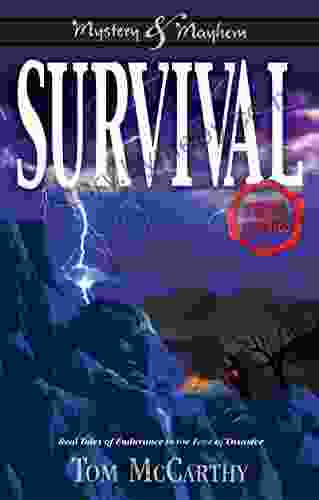
 Ken FollettUnveiling the Thrills and Chills: Dive into "Survival True Stories: Mystery...
Ken FollettUnveiling the Thrills and Chills: Dive into "Survival True Stories: Mystery... Wayne CarterFollow ·6.6k
Wayne CarterFollow ·6.6k Ibrahim BlairFollow ·3.5k
Ibrahim BlairFollow ·3.5k Caleb CarterFollow ·11.8k
Caleb CarterFollow ·11.8k Luke BlairFollow ·14.6k
Luke BlairFollow ·14.6k Brett SimmonsFollow ·12.3k
Brett SimmonsFollow ·12.3k Albert CamusFollow ·8.9k
Albert CamusFollow ·8.9k Harry CookFollow ·9.3k
Harry CookFollow ·9.3k Houston PowellFollow ·8k
Houston PowellFollow ·8k
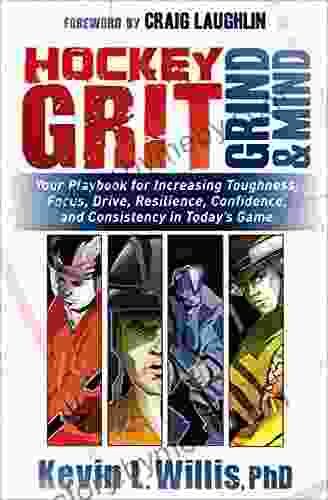
 Forrest Reed
Forrest ReedHockey Grit, Grind, Mind: The Ultimate Guide to Mental...
Hockey is a tough...
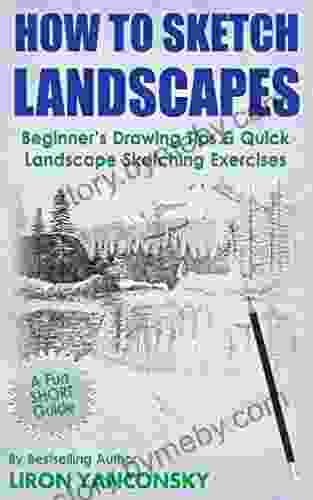
 Juan Rulfo
Juan RulfoUnlock Your Inner Artist: Embark on a Sketching Journey...
Embrace the Beauty of Nature Through Quick...

 Nathaniel Hawthorne
Nathaniel HawthorneSo You Think You're a Philadelphia Phillies Fan?
The Philadelphia Phillies are one of the most...
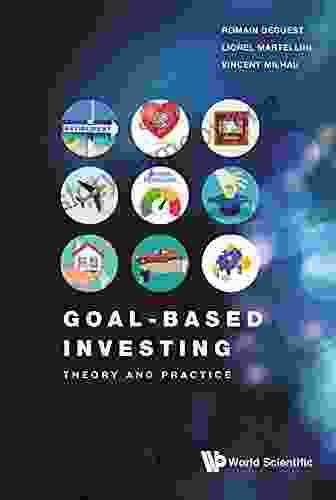
 Jeff Foster
Jeff FosterGoal-Based Investing: A Comprehensive Guide to Achieving...
Investing is not...

 Aleksandr Pushkin
Aleksandr PushkinGNOMEDOM: The Future Unfolds (Gnomedom Tales 1)
Escape into the enchanting world of Gnomedom...

 Branden Simmons
Branden SimmonsInternal Factors And Training Concepts For All Internal...
Internal arts, such as Tai...
4.7 out of 5
| Language | : | English |
| File size | : | 11061 KB |
| Text-to-Speech | : | Enabled |
| Screen Reader | : | Supported |
| Enhanced typesetting | : | Enabled |
| X-Ray | : | Enabled |
| Word Wise | : | Enabled |
| Print length | : | 416 pages |
| Lending | : | Enabled |


